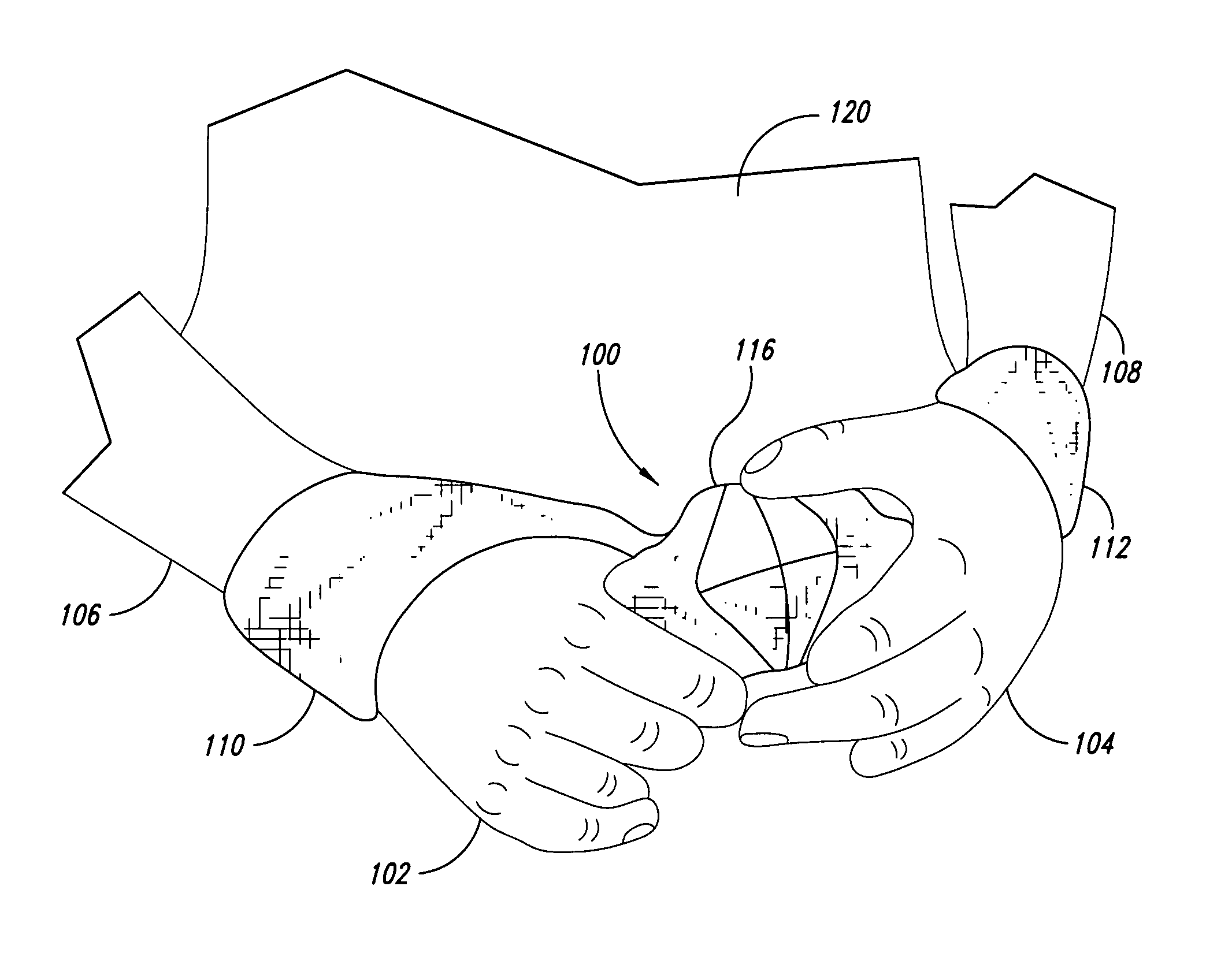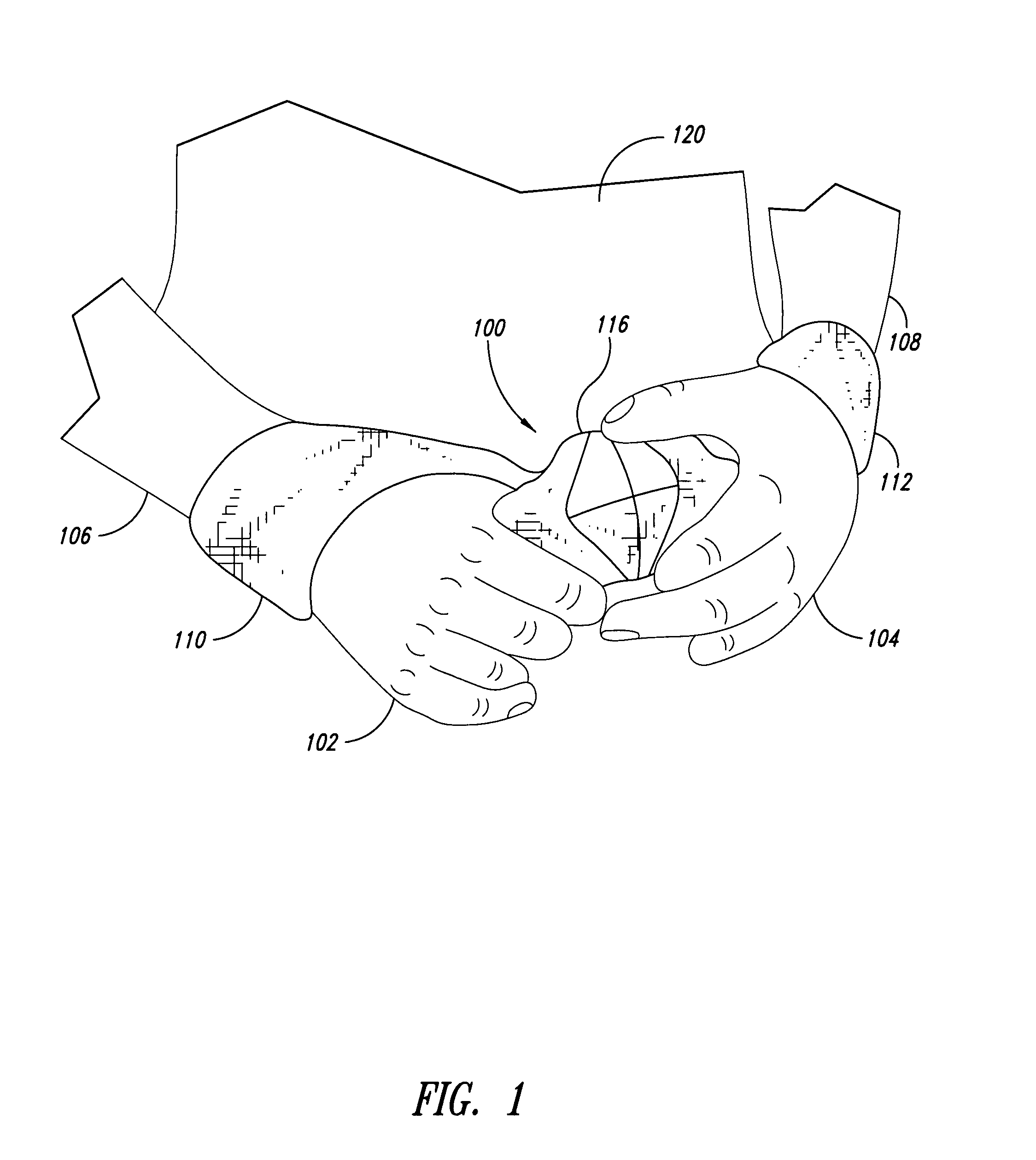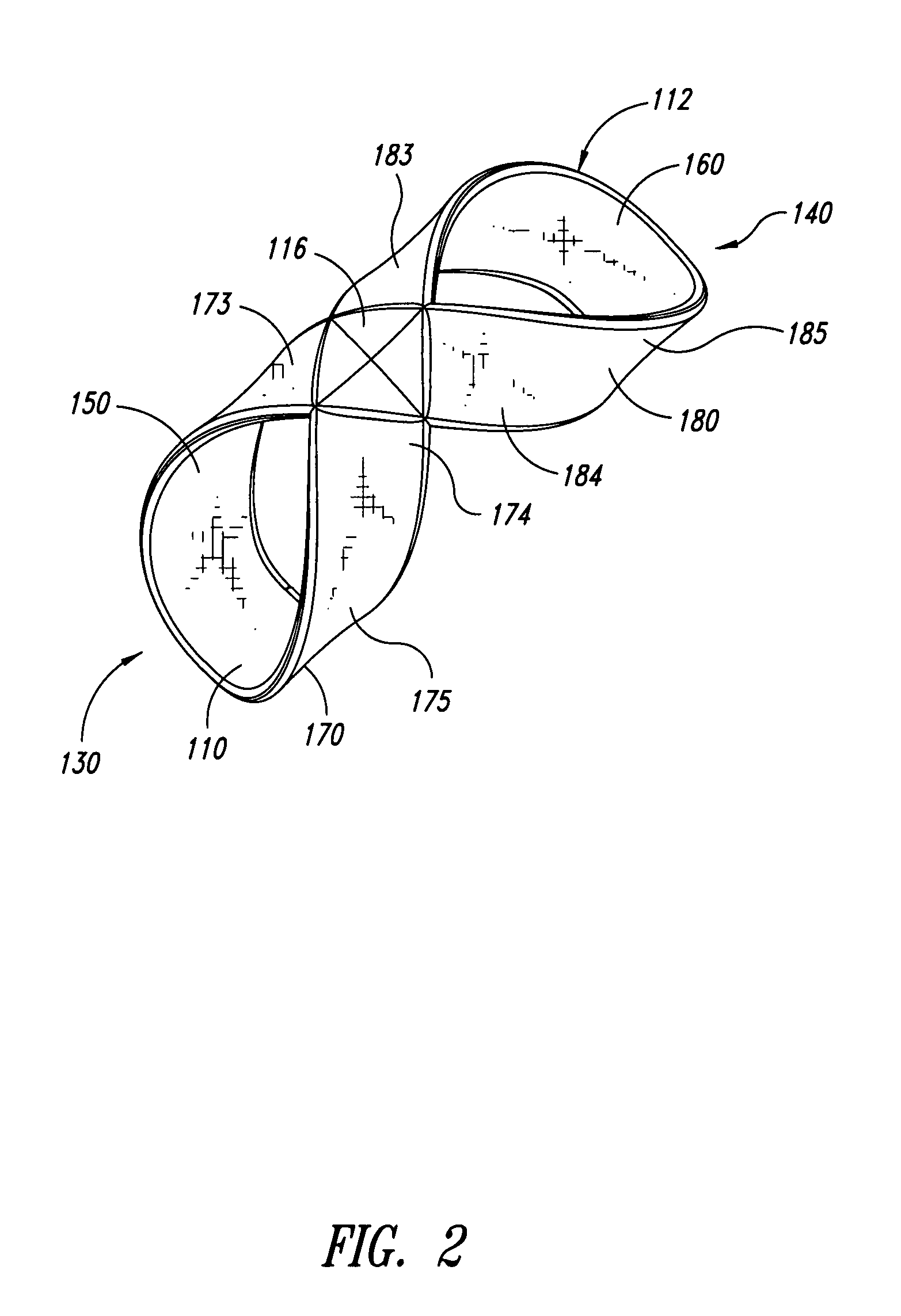Arm retention system for physical therapy
a technology for retaining systems and arms, applied in handcuffs, medical science, building locks, etc., can solve the problems of reducing the effectiveness of the therapy program, reducing the likelihood of the user's hands and/or arms moving, and significant increase in recovery tim
- Summary
- Abstract
- Description
- Claims
- Application Information
AI Technical Summary
Benefits of technology
Problems solved by technology
Method used
Image
Examples
Embodiment Construction
[0033]The present detailed description is generally directed to retention systems configured to retain one or more body parts of a user. The body parts may be arms, hands, fingers, legs, ankles, feet, limbs, combinations thereof, and / or other anatomical features or appendages. Many specific details and certain representative embodiments are set forth in the following description and in FIGS. 1-15 to provide a thorough understanding of such embodiments. One skilled in the art, however, will understand that the disclosed embodiments may be practiced without one or more of the details described in the following description. As used herein, the term “arm” is broadly construed to include, without limitation, an upper limb of the human body. For example, the retention system may be applied to the limb extending from the shoulder to the hand. In various applications, retention systems can be worn about the wrists, forearms, or upper arms, even when performing different activities, includin...
PUM
 Login to View More
Login to View More Abstract
Description
Claims
Application Information
 Login to View More
Login to View More - R&D
- Intellectual Property
- Life Sciences
- Materials
- Tech Scout
- Unparalleled Data Quality
- Higher Quality Content
- 60% Fewer Hallucinations
Browse by: Latest US Patents, China's latest patents, Technical Efficacy Thesaurus, Application Domain, Technology Topic, Popular Technical Reports.
© 2025 PatSnap. All rights reserved.Legal|Privacy policy|Modern Slavery Act Transparency Statement|Sitemap|About US| Contact US: help@patsnap.com



